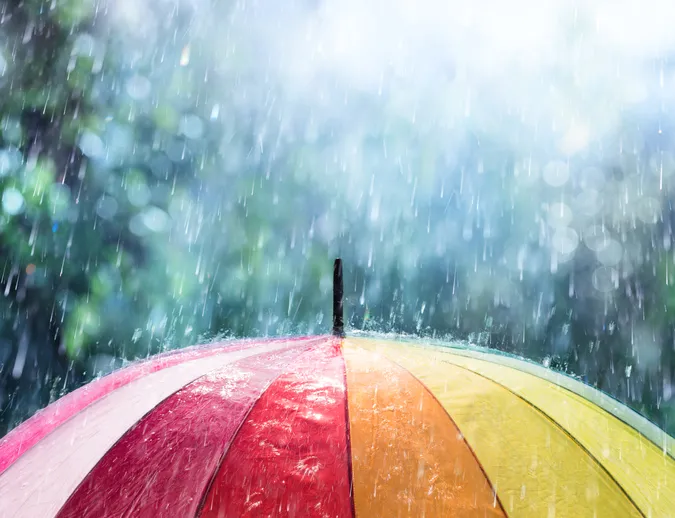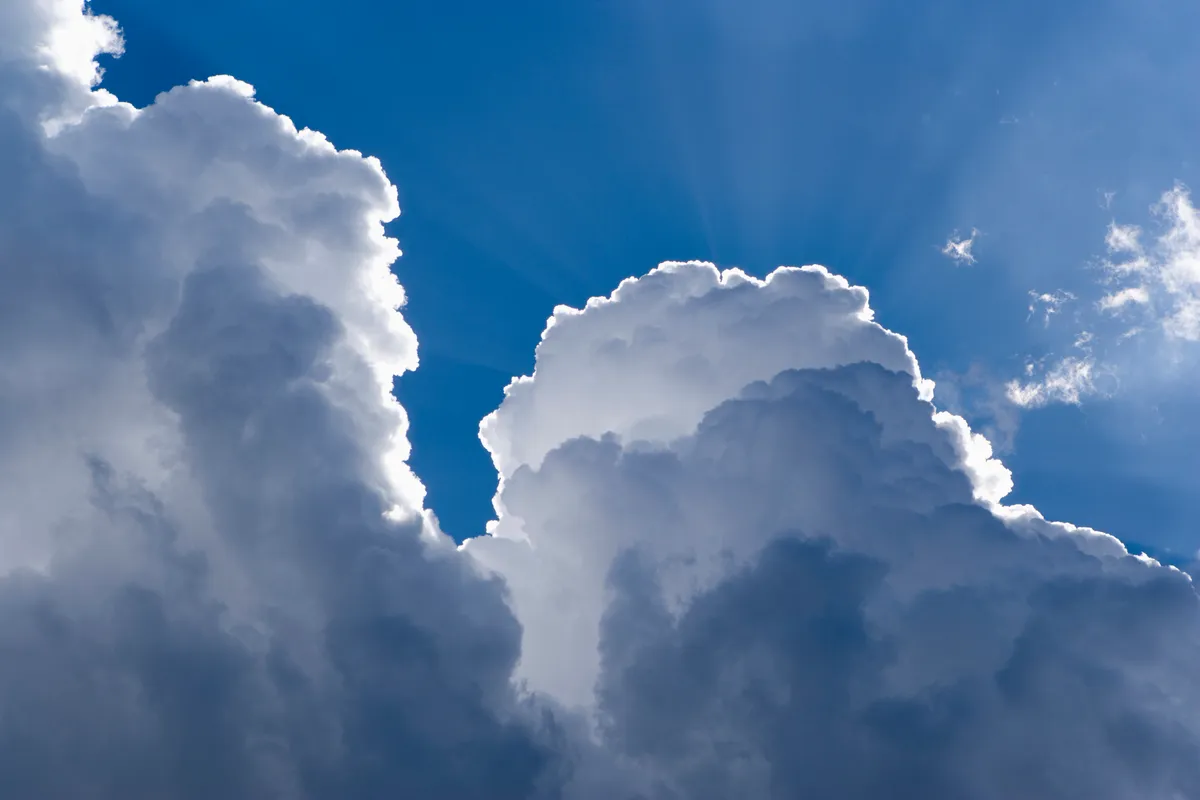‘March winds and April showers bring forth May flowers.’
Most of us are familiar with the term, but how can April have so many showers and still be one of the year's driest months?
In the UK in April it is wise to pack a water-proof jacket or an umbrella when you head out for a spring walk as it can be warm and sunny or wet and a little chilly, as it's a month of very changeable weather.
Here we explore the science of April showers, terminology and take a look at the average rainfall in the month of April.
Why do we have April showers?
April is a month in transition; the long, cold winter days start to wane, and the jet stream – a band of strong winds – begins to move northwards. The chilliness of the dark months is replaced with warmth and light, but so too low pressure and, as a result, the skies open.

But there is more to our April showers than just low pressure. At this time of year, the temperature of the sea is at its lowest. Lengthening days and warming weather result in a significant increase in daytime heating. And it is this disparity – between the warm land and cold sea – that causes shower clouds to form.
Why is it so rainy in April?
April showers really do exist. It may, therefore, be a little confusing to learn that it is one of the driest months of the year, according to Statista. In 2021, Statista recorded 137.6mm of rainfall in January, compared to just 20.1mm in April. The second highest rainfall level was in December that year, at 115mm.
Indeed, look back at the data over the past four years and you'll discover similar results.

The science appears to contradict the data. Perhaps the reason for all this confusion lies in the terminology: rain and showers are not the same thing.
What is the difference between rain and showers?
Rain
Rain is precipitation that falls from a weather front – a boundary between two bodies of air. Often stretching over hundreds of miles and comprising various cloud types, these fronts result in precipitation falling over wide areas, often for many days.
Showers
Showers, in contrast, are produced by cumulus or cumulonimbus clouds. In spite of their impressive appearance, their scale is dwarfed by that of a front, and precipitation will seldom last longer than a few hours.
Final conclusion
Put simply, April is not the wettest month in terms of overall rainfall. The term 'April Showers' comes from the frequency of short, regular showers.
Be prepared - grab a brolly!
